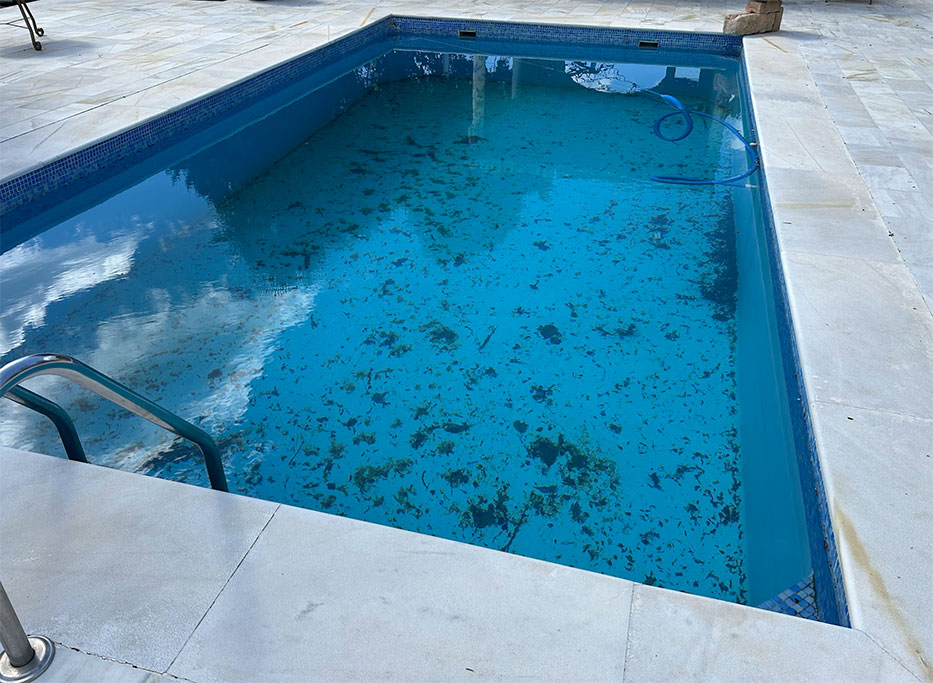 Why pool covers are essential for maintenance and cost savings
Why pool covers are essential for maintenance and cost savings
While owning a pool is a luxury, it comes with significant maintenance costs, especially in Spain’s warm climate. Pool covers provide a simple but essential solution to reduce these expenses when the pool is not in use. Many urbanizations in Spain keep pools open for only four months, with covers protecting them during the remaining eight months. By shielding the water surface, covers help minimize debris and prepare the pool for a cleaner reopening.
Protecting community resources and reducing evaporation
Beyond maintenance, covering a pool conserves water, especially during Spain’s dry seasons. Left uncovered, pools quickly accumulate natural debris, animal waste, and pollutants, requiring frequent cleaning and additional water for topping up. A cover limits water loss from evaporation, which can amount to 3 to 7 mm per square meter per day, depending on pool size and temperature. This conservation is especially valuable for the community, helping to maintain water resources in low-rainfall areas.
Cutting down on pool maintenance costs
Without a cover, a pool’s water consumption and maintenance time increase. Calculating the average cost of water evaporation multiplied by the pool’s area, plus the gardener’s weekly maintenance hours, reveals substantial savings with a cover. This small investment reduces both water and labor costs, making pool upkeep more sustainable.
Why draining pools can lead to costly repairs
Emptying a pool can damage the surface, as wall and floor finishes need water to adhere properly. Refilling an empty pool is costly and may even be restricted during drought periods.
Drought restrictions on pool use
Many Spanish regions prohibit refilling pools during droughts. However, recent heavy rains may lift these restrictions temporarily, offering pool owners a chance to restore their pools responsibly.


